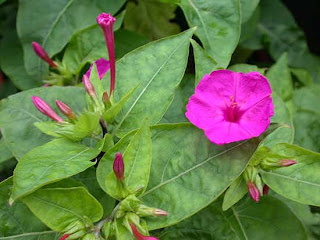




Roselle (Hibiscus sabdariffa)
If you are in Egypt and someone offers you hibiscus tea, that’s the plant you will be tasting. It’s a common drink in Egypt and surrounding countries and has been used and grown there for thousands of years.
The Roselle (Hibiscus sabdariffa) is a species of hibiscus native to the Old World tropics. It is an annual or perennial herb or woody-based subshrub, growing to 2–2.5 m tall. The leaves are deeply three- to five-lobed, 8–15 cm long, arranged alternately on the stems.The flowers are 8–10 cm in diameter, white to pale yellow with a dark red spot at the base of each petal, and have a stout fleshy calyx at the base, 1.5–2 cm wide, enlarging to 3–3.5 cm, fleshy and bright red as the fruit matures. It is an annual plant, and takes about six months to mature.
How to grow
Roselle is very sensitive to frost. grow best in tropical and subtropical climate.
Sow seed in fairly fertile sandy loam soil in nursery bed and transplanted when 3 to 4 inches. Require watering regularly to promote growth.
Harvest
Begin harvesting the calyx as soon as the flower has wilted and the husk turns red and fleshy
Uses
This fresh Roselle is the main contents in preparing Roselle based products such as various types of drinks, puree, jam, Roselle vinegar, foods, garnishing, for bakery and medication preparation.
The red calyces of the plant are increasingly exported to America and Europe, where they are used as food colorings. Germany is the main importer. It can also be found in markets (as flowers or syrup) in some places such as France, where there are Senegalese immigrant communities. The green leaves are used like a spicy version of spinach. They give flavour to the Senegalese fish and rice dish thiéboudieune. In Africa, especially the Sahel, roselle is commonly used to make a sugary herbal tea that is commonly sold on the street. The dried flowers can be found in every market. In the Caribbean the drink is made from the fresh fruit, and it is considered an integral part of Christmas celebrations.
Nutrition info
Roselle/Hibiscus apart from having natural color (red) and taste(light sour), the petal (calyx) rich with Vitamins, Citric Acid and Malic Acid,Vitamin A, Niacin and Calcium and no Caffeine.
Health Benefit
Roselle calyces are harvested fresh to produce pro-health drink due to high contents of vitamin C and anthocyanins. have been used since ancient times as a boost to promote and maintain optimal health by locals. Made into a tea drink, it is known to exert a cooling action, helping with digestion and with elimination of internal dampness and heat.
Roselle is associated with traditional medicine and is reported to be used as treatment for several diseases such as hypertension and urinary tract infections.
















































